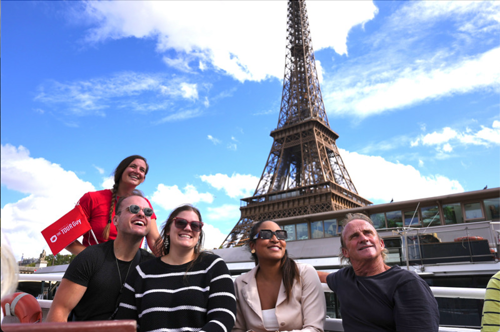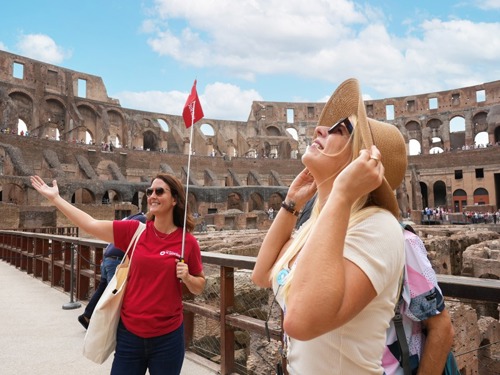
Tours & ActivitiesThat Make Trips More Memorable







What Other Travelers Are Booking
Best-selling tours & activities
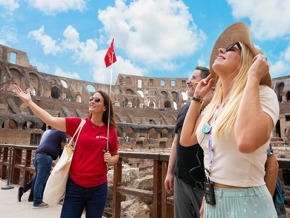
Skip the Line
Rome in a Day Tour with Colosseum and Vatican Museums
Explore the Sistine Chapel, St. Peter's Basilica, Roman Forum, Pantheon, Trevi Fountain, and more!

Exclusive Access
Special Access Colosseum Arena Floor Tour through the Gladiator's Gate
Walk in the footsteps of gladiators on the Colosseum floor and see the Roman Forum and Palatine Hill
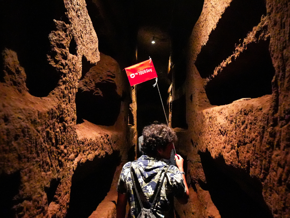
Skip the Line
After Hours Rome Catacombs Tour with Capuchin Crypts
Experience Rome’s creepy underground tombs and eerie bone displays on this exclusive night tour

New Tour
Exclusive Meet & Greet Tour with the Tower of London Beefeaters
Hear legends from a Guard in the Bloody Tower before your full tour of the fortress

New Tour
Kensington Gardens tour with Royal High Tea
Enjoy an intimate tour of Kensington Palace Gardens that ends with traditional English High Tea

Skip the Line
Privileged Entrance Vatican Tour with Sistine Chapel
Skip the line and gain direct access to the Raphael Rooms, Creation of Man, and St. Peter's Basilica

Skip the Line
St. Mark’s Basilica & Doge’s Palace Half-Day Tour with Gondola Ride
Explore St. Mark's Square's most iconic attractions with skip-the-line tickets and an expert guide
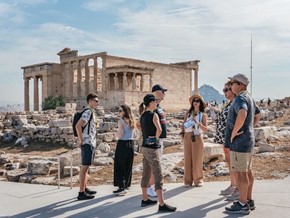
New Tour
Skip-the-Line Acropolis Tour with Parthenon and Museum
Discover the ancient mythology and historic landmarks of Athens with an expert archaeologist guide

Skip the line
Ultimate Palace of Versailles Tour from Paris
Breeze past the lines for the palace and gardens with a friendly English speaking guide

Skip the Line
Florence in a Day Combo Tour with David and Uffizi
Explore Accademia Gallery, Ponte Vecchio, Florence Duomo, Uffizi Gallery, and so much more

Skip the Line
Florence Walking Tour with Statue of David
Uncover the best of Florence at the Duomo and Ponte Vecchio, and skip the line at Accademia

Skip the Line
Skip the Line Uffizi Gallery Tour
See Botticelli, Caravaggio, and Michelangelo's masterpieces in Florence's famous Uffizi Gallery

Skip the Line
Secrets of the Louvre Museum Tour with Mona Lisa
Get to know Venus de Milo, Liberty Leading the People, and Napoleon's Coronation like never before

Skip the Line
Skip the Line Pompeii Ruins Guided Tour
Step back in time almost 2,000 years and explore the famous Roman ruins with an archaeologist guide

New Tour
Eiffel Tower Tickets with Exclusive Summit Access
Enhance your Eiffel Tower experience accessing the elevator and marvel at panoramic views of Paris

Skip the Line
Privileged Entrance Colosseum Tour with Roman Forum & Palatine Hill
Skip the line at the Colosseum, plus Arch of Titus, Temple of Julius Caesar, and more!

Skip the Line
Rome Catacombs Tour and Capuchin Crypts with Transportation
Skip the line and explore a creepy underground world of Roman tombs and crypts with an expert guide

Skip the Line
Semi-Private Vatican Tour with Sistine Chapel
Enjoy a premium and exclusive tour of the Raphael Rooms, St.Peter's Basilica, and more!

Boat Tour
Murano and Burano in a Half Day Boat Tour
Easily explore these colorful Venetian islands and see traditional glassblowing and lacemaking

Skip the Line
Statue of David Evening Tour
See Michelangelo's David on a later tour of the Accademia Gallery with fewer crowds
What goes into a great experience
Find something people love about a destination. From famous attractions to lesser known hidden gems
Think of a unique way to experience it. We make sure it’s different to how it’s currently offered e.g. visit a restricted area, visit at night, visit before opening, meet the locals
Find the best tour guides possible. We handpick guides who are passionate about history and storytelling
Make it affordable. We want anyone coming to Italy to be able to enjoy our experiences
